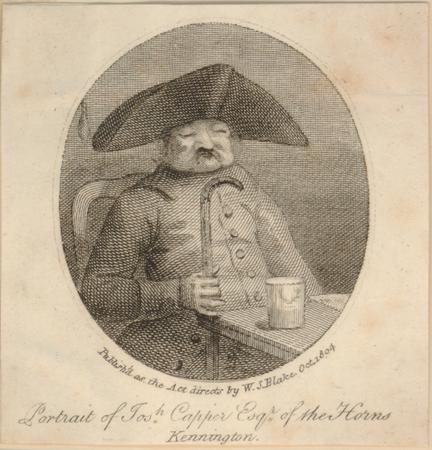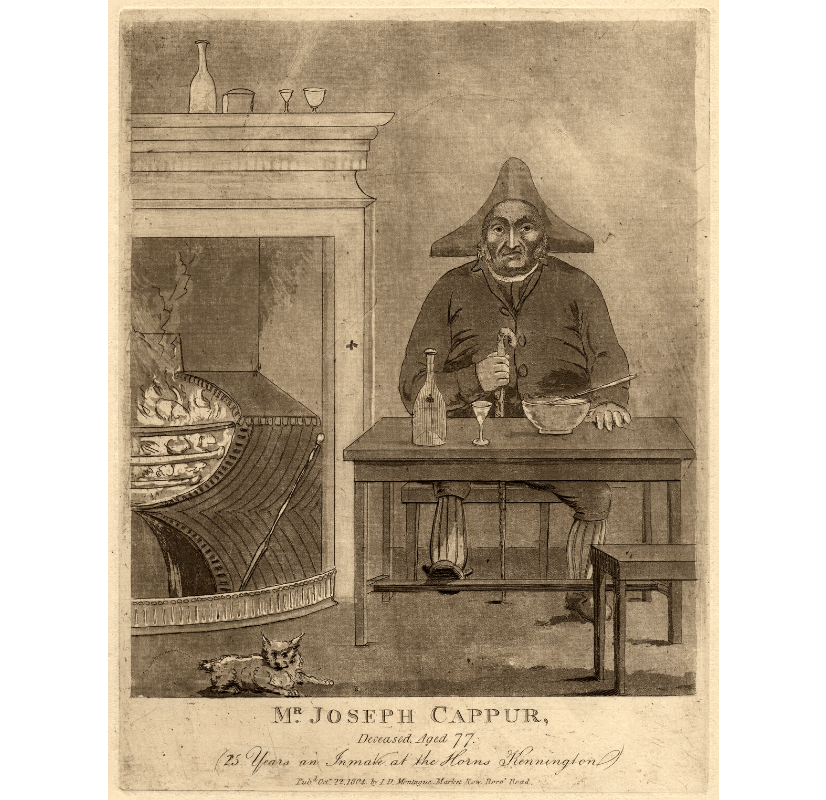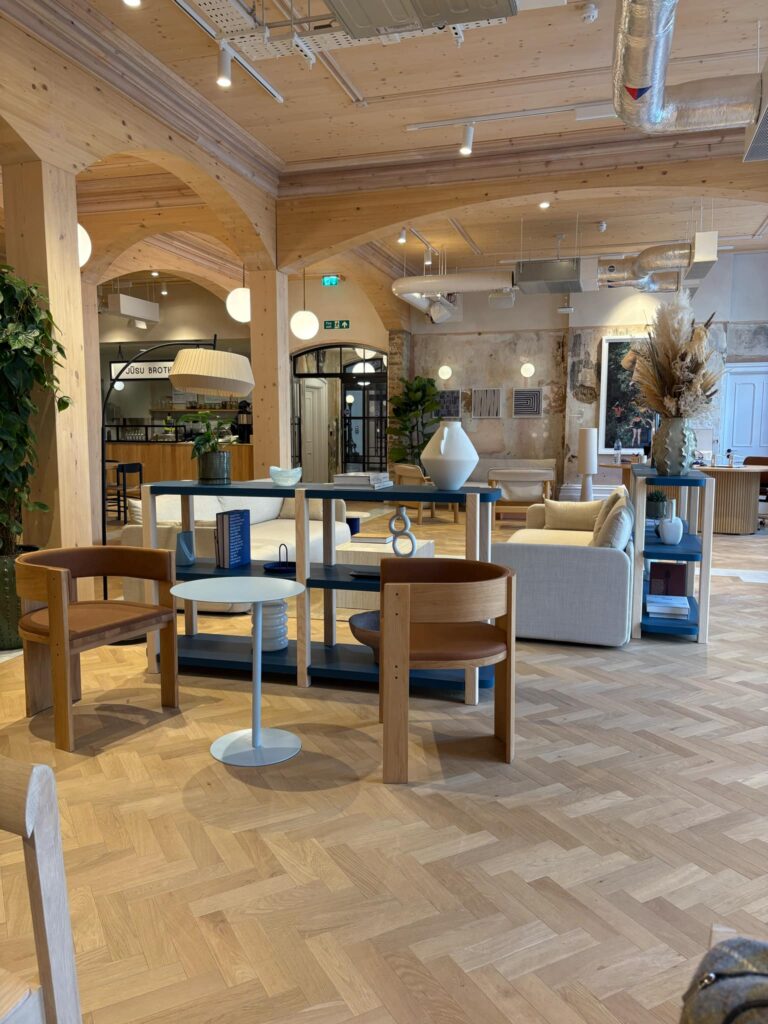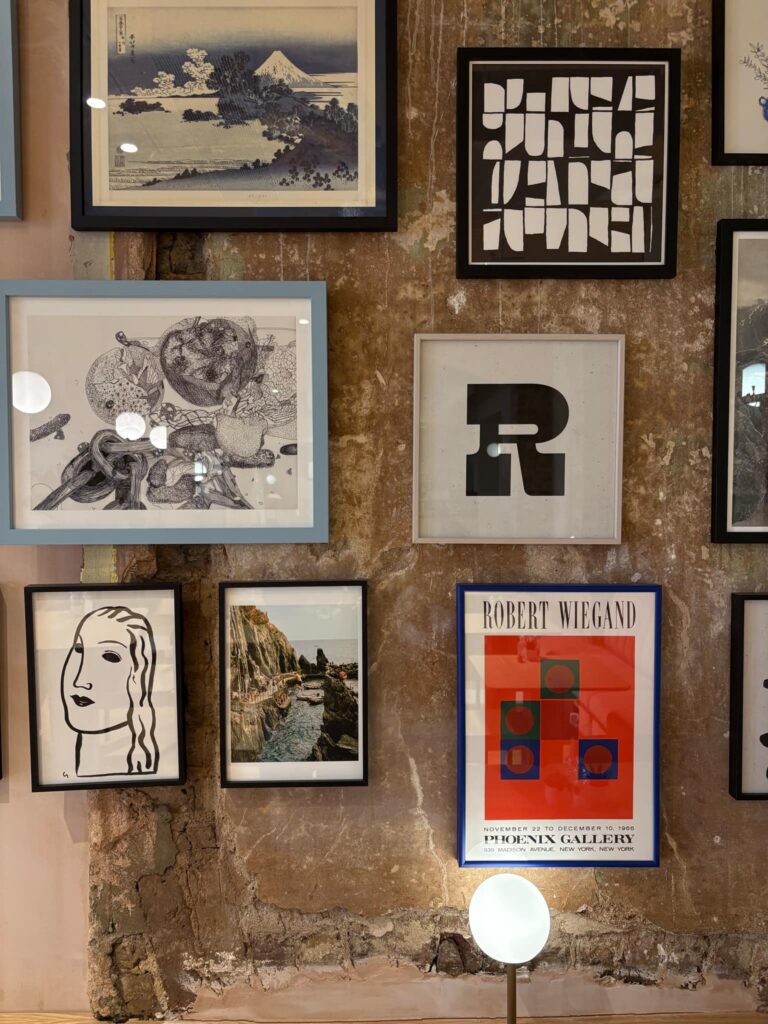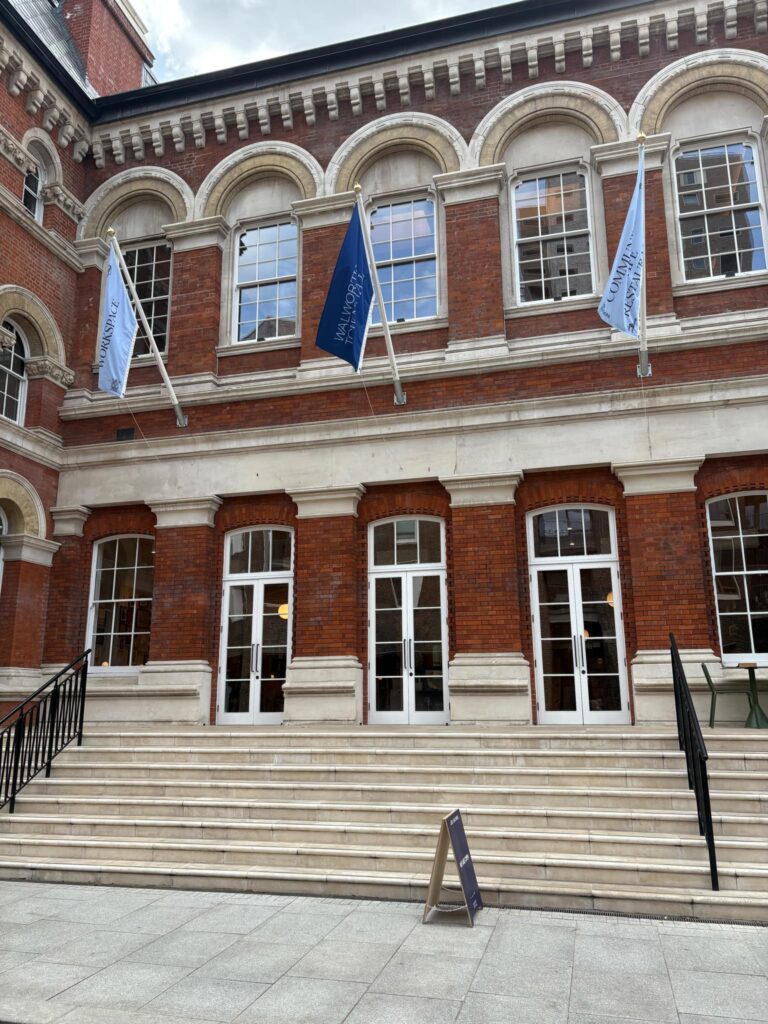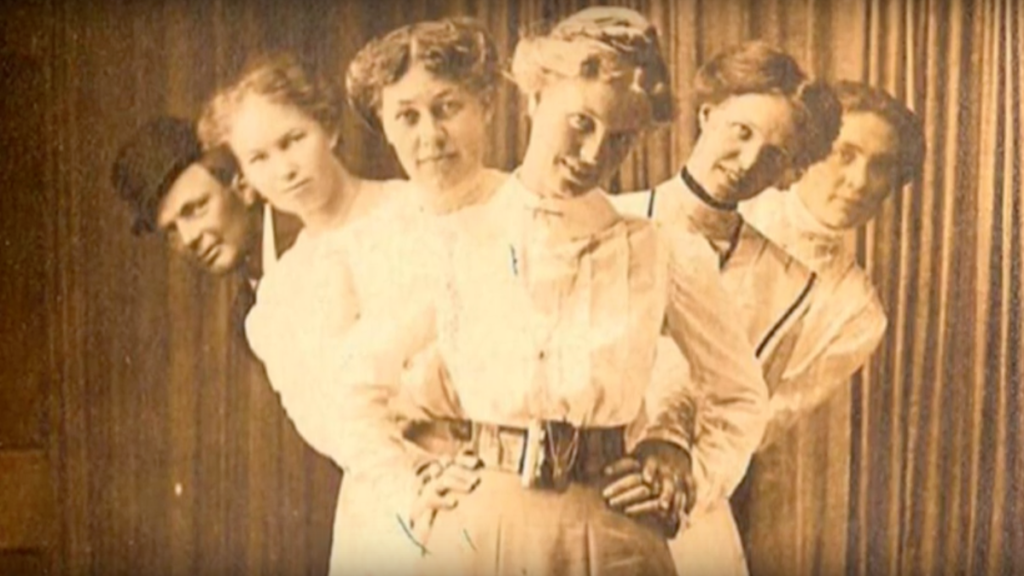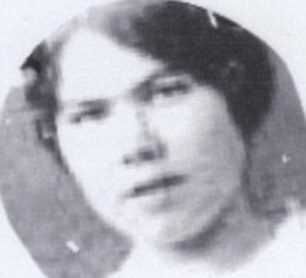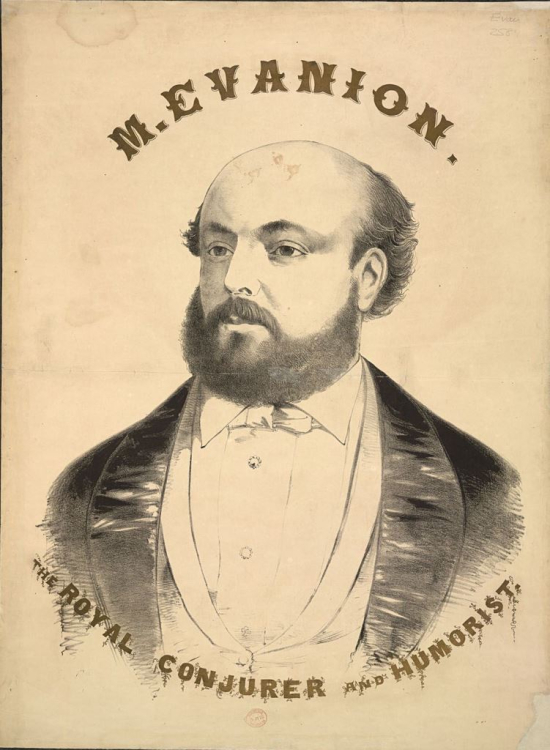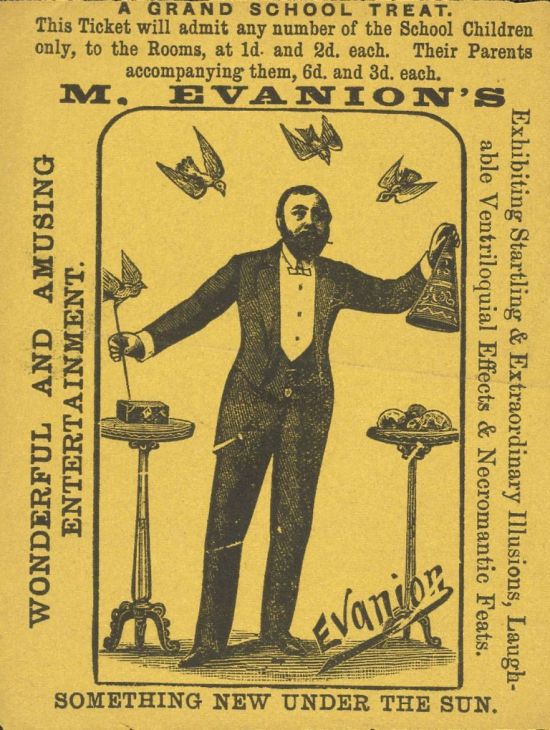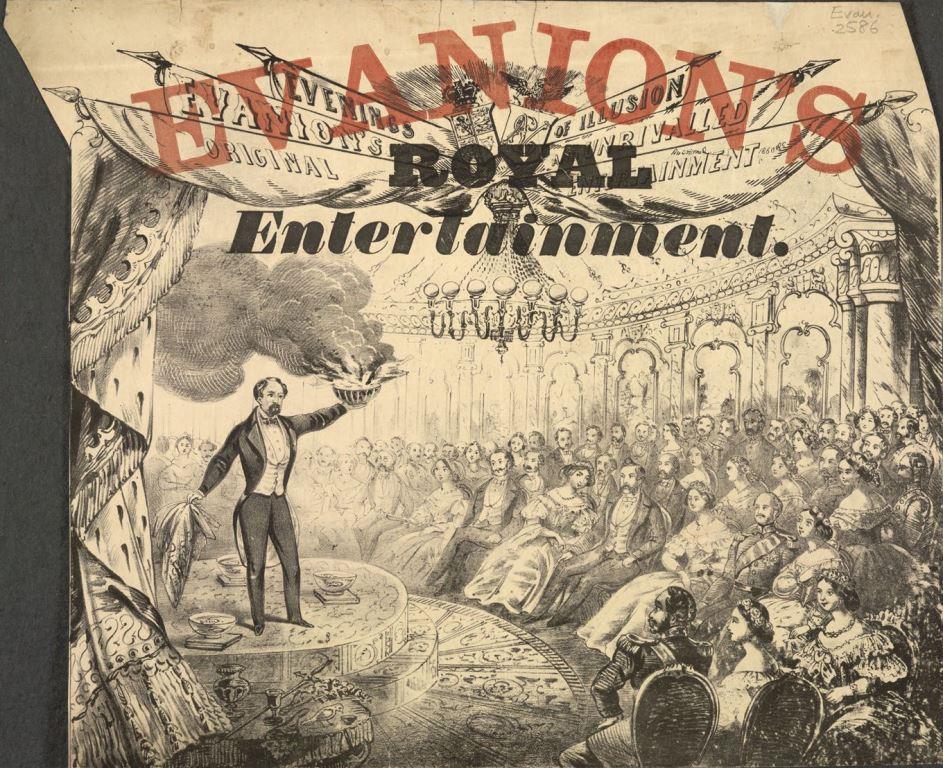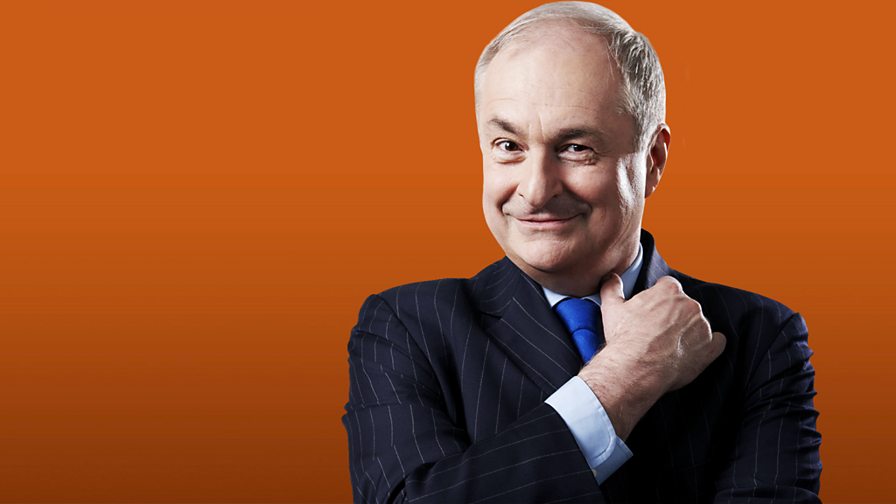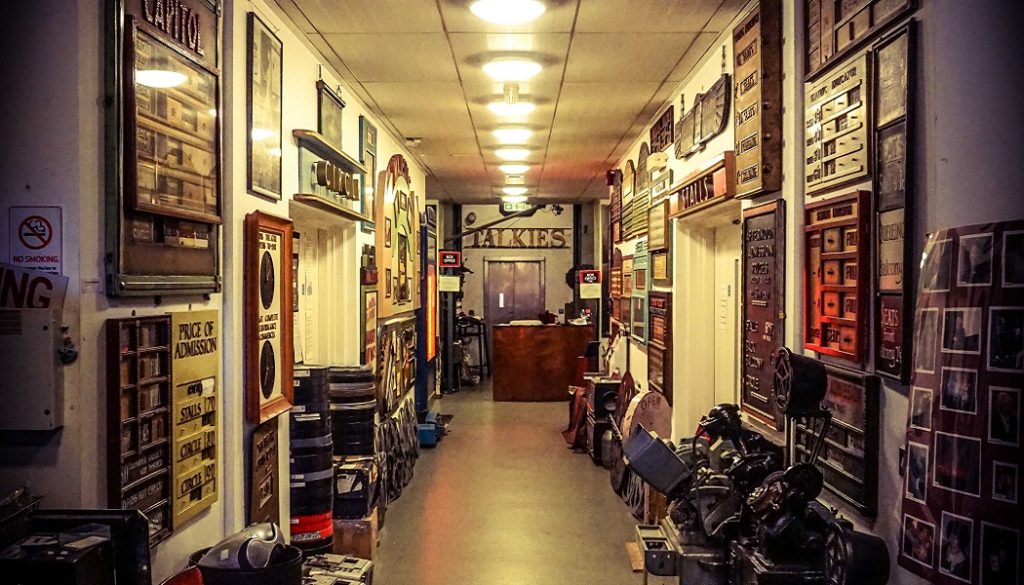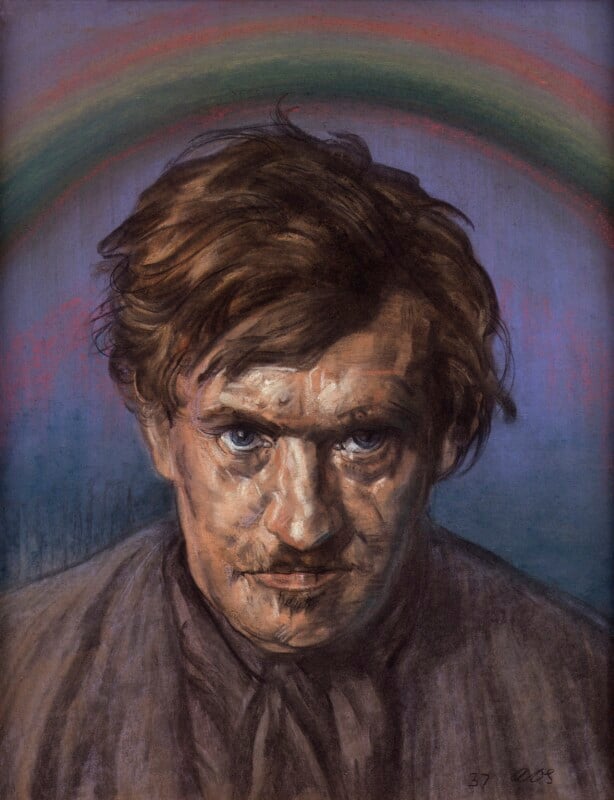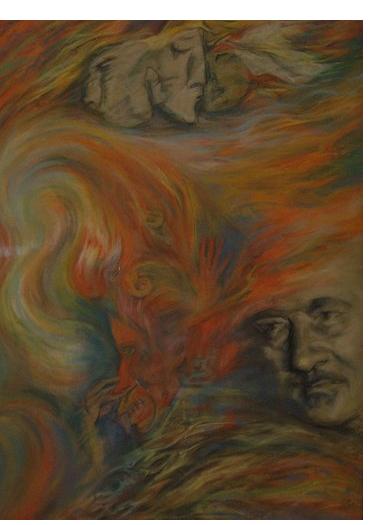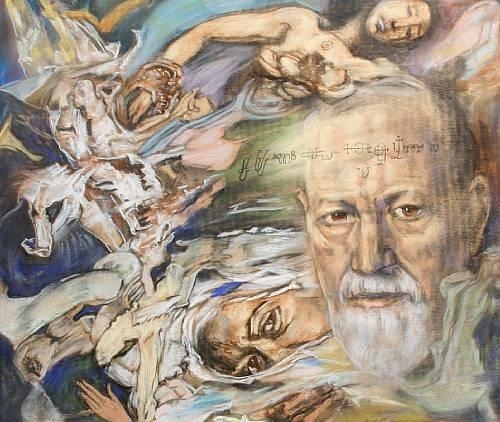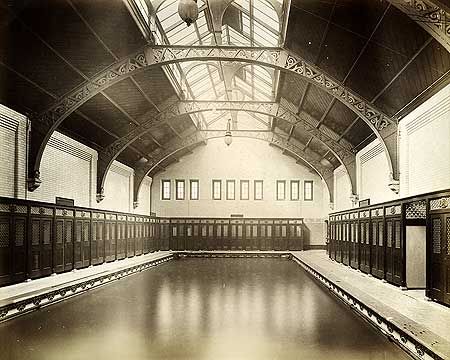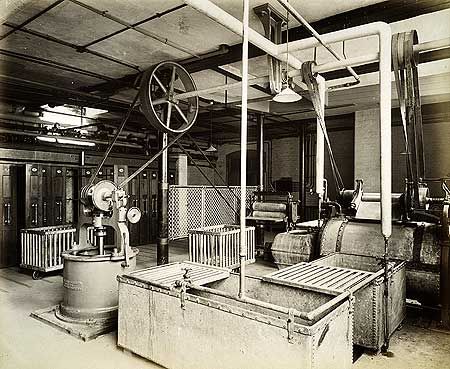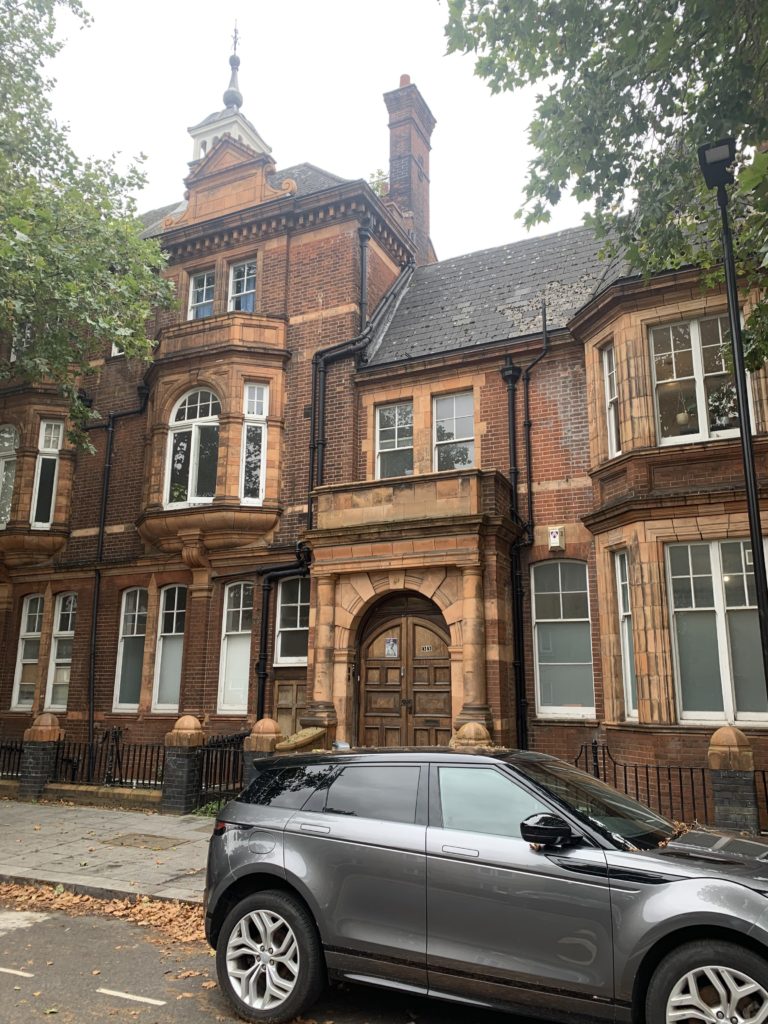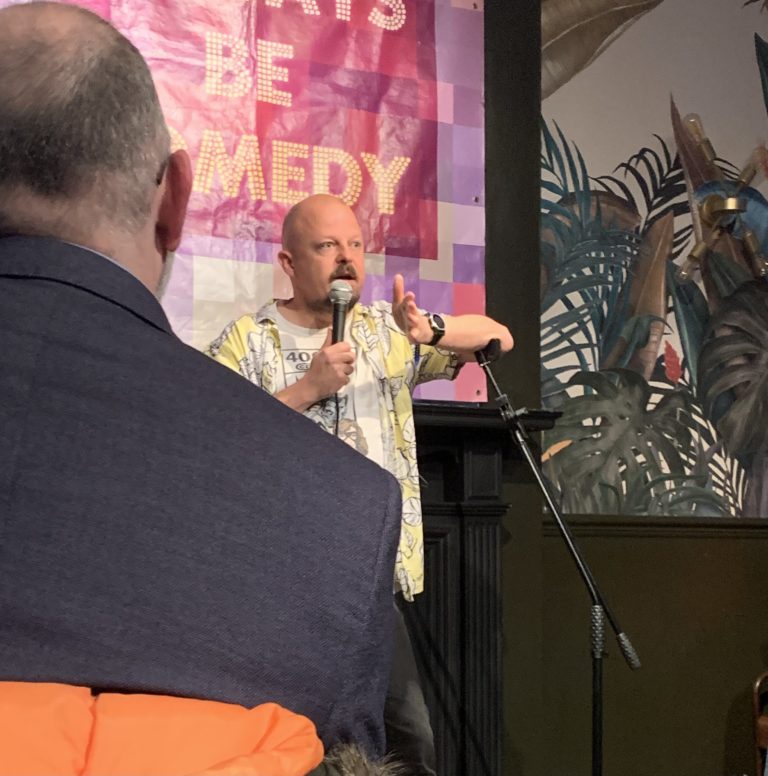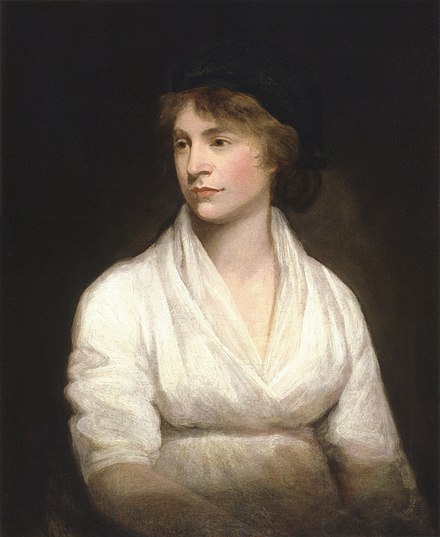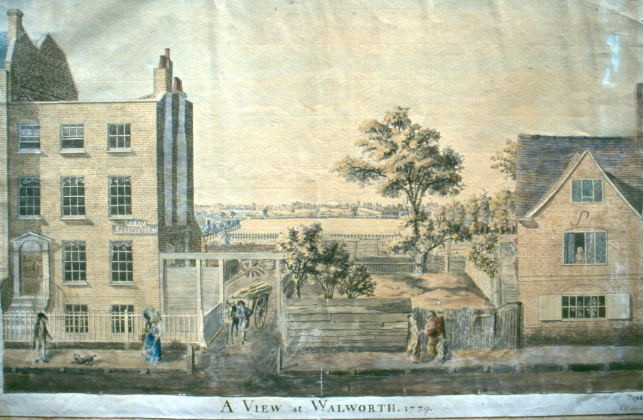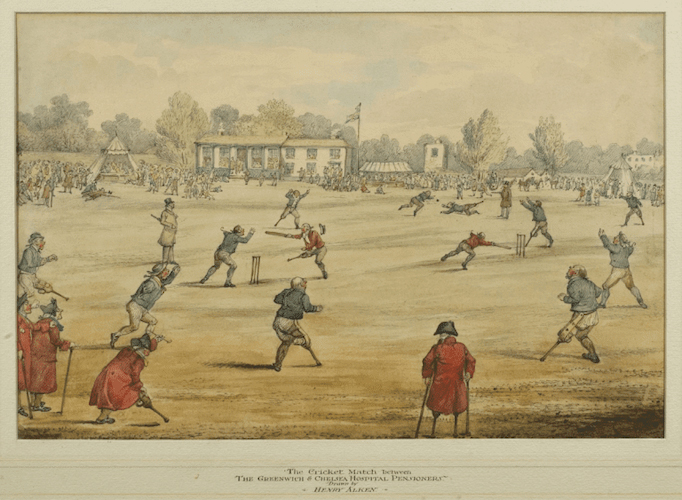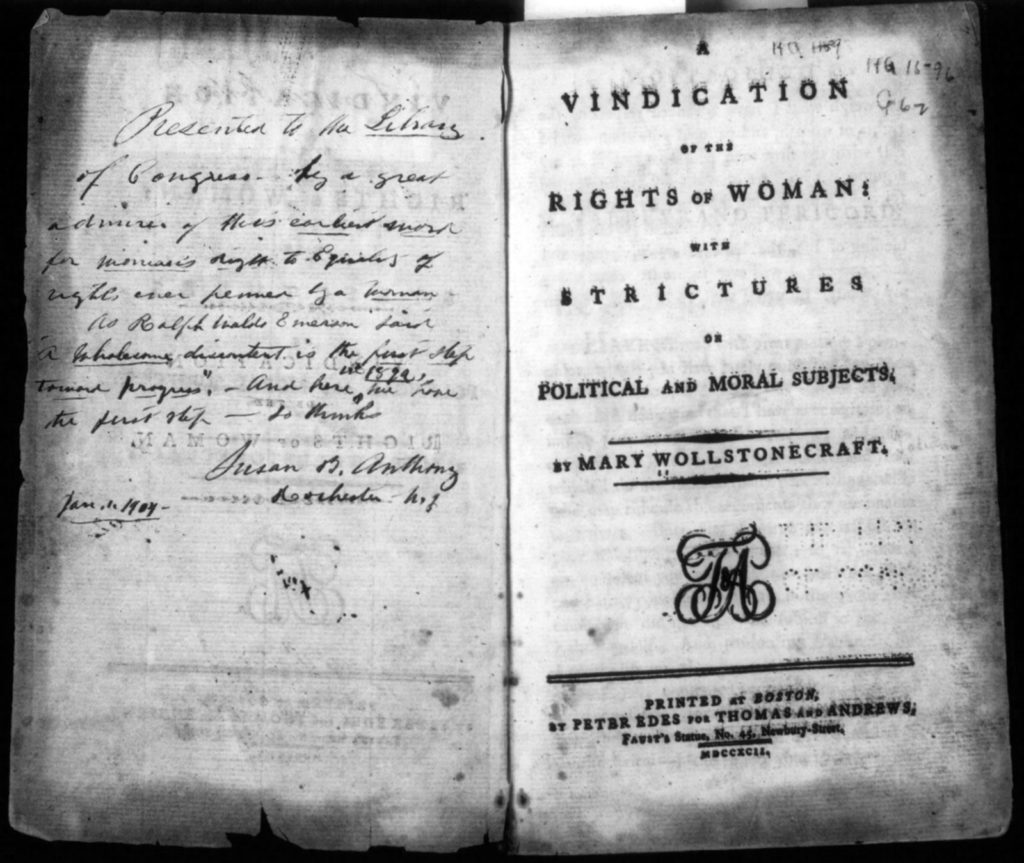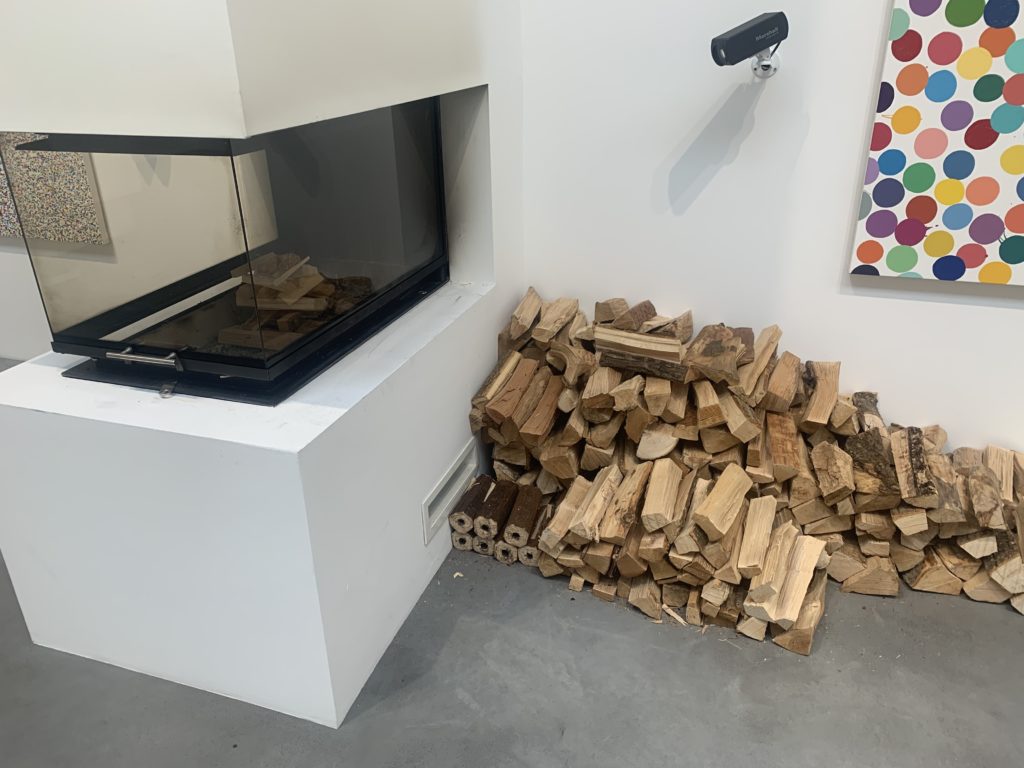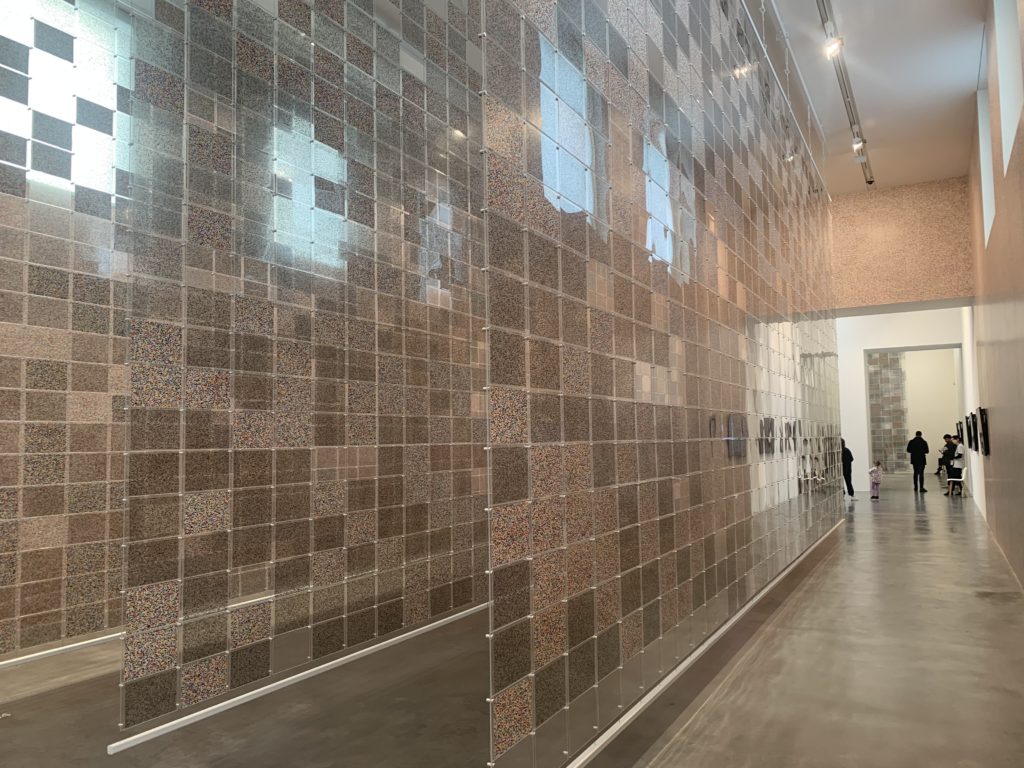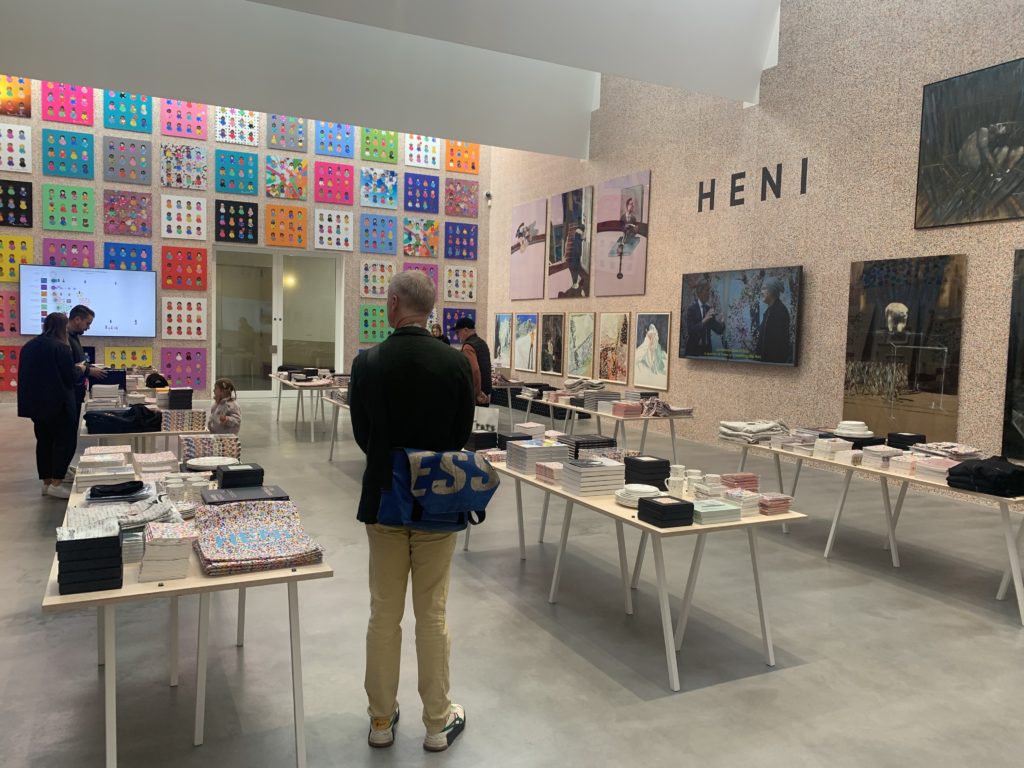Anyone who has ever walked out of a Gail’s Bakery knows what it feels like to be miserable. But it might surprise you that there have been miserable people in Greater Kennington for centuries, and we’re here to tell you about one.
Joseph Cappur was born in 1727 in Cheshire into humble circumstances. At an early age, he came to London to begin an apprenticeship as a grocer before setting up his own shop in Whitechapel. Cappur soon prospered in his trade and, having been fortunate in various speculations, the lucky sod was able to retire in his 50’s.
Upon retiring, Cappur spent several days aimlessly walking around London searching for lodgings. His search eventually brought him to the beloved Horn’s Tavern in Kennington. It was located at Kennington Park Rd and Kennington Rd. Below you can see it in its Georgian version and then its Victorian version. The current version is actually now a Job Centre Plus, or as we like to call it ‘the ugliest building in Greater Kennington’. Soon to be replaced by the second ugliest, a giant skyscraper full of students. But we digress.
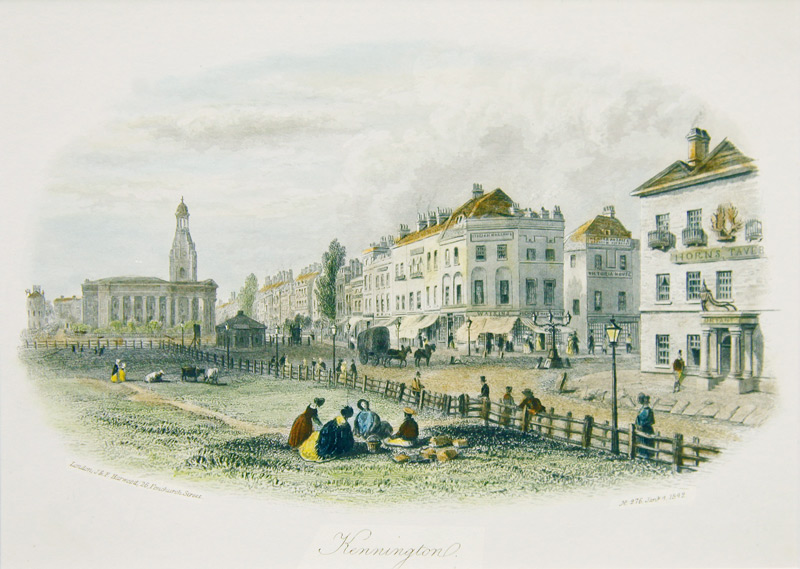
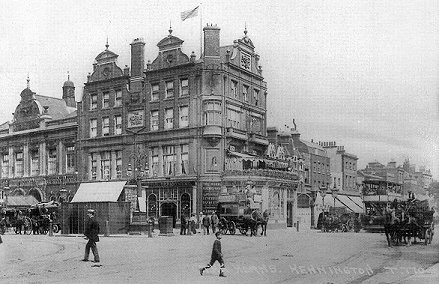
When he arrived at the Horns, Cappur ordered a pork chop in his usual blunt and demanding manner. As the evening progressed he demanded a bed, and he received an equally blunt refusal from the Landlord, in a style of not unlike that of Cappur himself. Cappur refused to accept this and after some altercation was accommodated with a bed. It was at this point that he determined to stay and ‘plague the growling fellow!’ Cappur talked a good game and and for many years he discussed quitting the Horns the following day. Unfortunately for the punters he lived there until the day of his death, twenty-five years later. At no stage was any agreement reached as to lodging or eating but wished to be considered as an inmate.
So methodical were Cappur’s habits that he would not drink his tea out of any other than his favourite cup, as well as using the same plate and cutlery. He rose at the same hour every day and would always sit in the same chair next to the fire. He was elected as the Steward of said fire, and if anyone were found daring enough to put a poker into it without permission, they incurred the risk of experiencing the weight of his cane. We rather respect the tenacity of Cappur as there are a great number of people in Kennington who we’d love to hit with a cane ourselves.
At breakfast Cappur arranged, in a particular way, the paraphernalia of the tea table, but first he would read the newspapers. At dinner, he observed a general rule and invariably drank a pint of wine and a quarter pint of rum with sugar, lemon peel and porter mixed together, the latter he saved from the pint he had the previous day.. So regular was he in his habits that his bill was always £4.18s every fortnight.
Cappur called himself the champion of government, and nothing angered him more than to hear anyone disparaging the British constitution. His favourite amusement, or some might call it a fetish, was killing flies with his cane, and while doing this he would tell a story about the perniciousness of all Frenchmen, whom, he said, ‘I hate and detest, and would knock down just the same as these flies.’ So if he were alive today he would likely vote Reform and read the Daily Mail.
When a new landlord took over the Horns, he found that Cappur came with the Tavern, and such was treated not unlike a pint glass or a stool. This led to a new understanding and acceptance of Cappur’s peculiar behaviour. Why the new landlord didn’t just say (cue Peggy Mitchell voice) ‘Get your poking cane and pint of wine out my pub’ is not recorded. Joseph Cappur died at the Horns on 6 Sept. 1804, at the age of seventy-seven.

